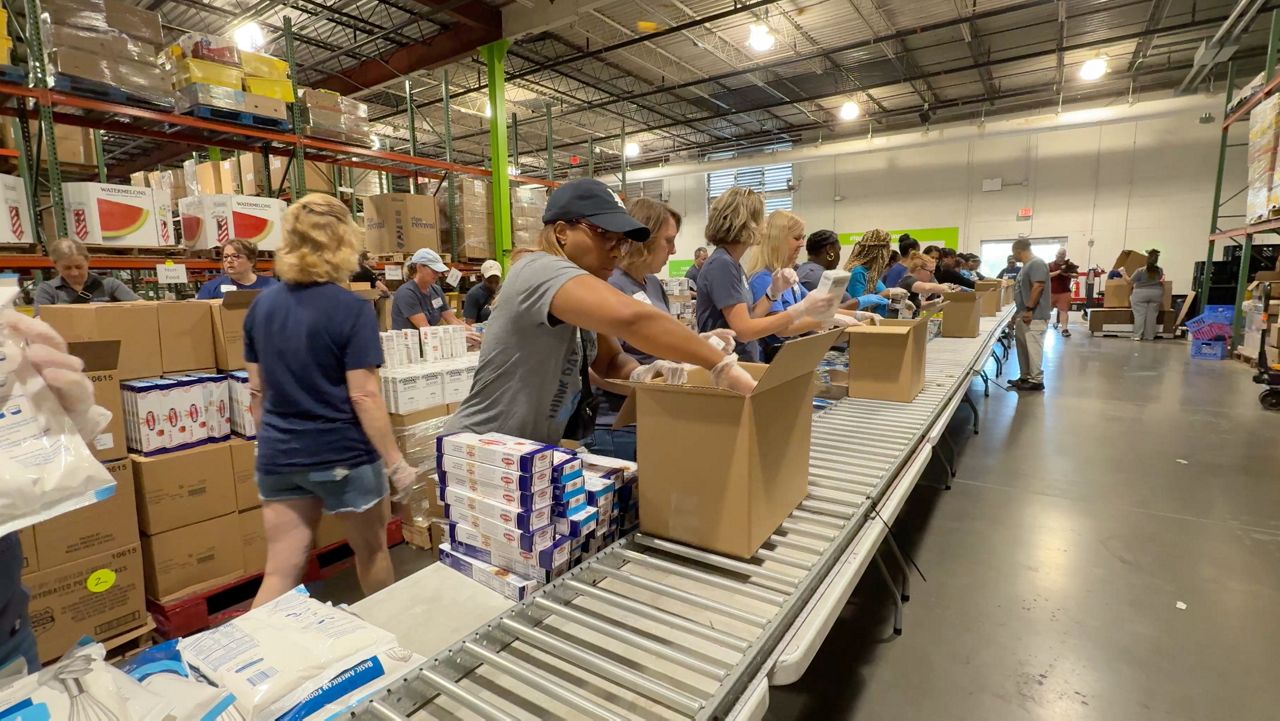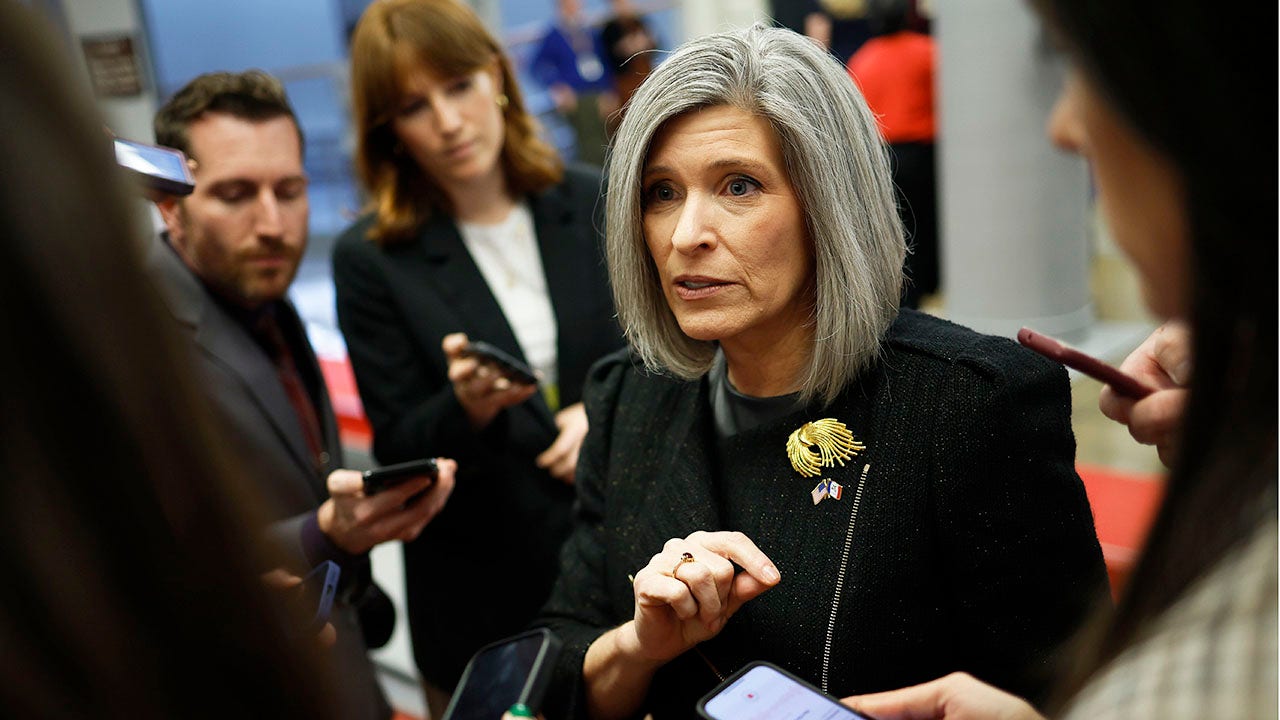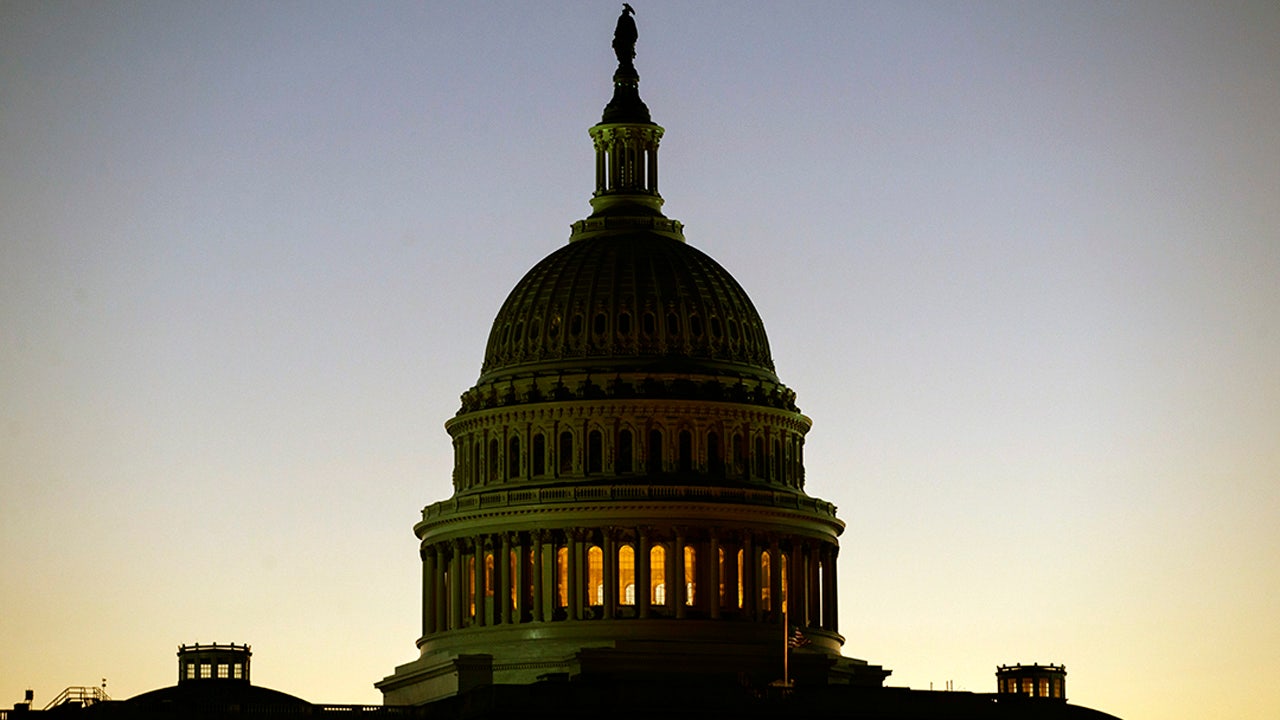San Francisco, CA
Why airlines could have unreliable service for years to come

FILE: A Southwest Airlines plane takes off from San Francisco International Airport on June 8, 2023.
Anadolu Agency via Getty Images
A new analysis of the commercial aviation industry in the U.S. reached the unsettling conclusion that airline schedules could continue to be unreliable for the foreseeable future. CBS News, digging into the reasons for repeated problems of flight cancellations and delays over the past couple of years, concluded that “the issues are likely to linger for as much as a decade.”
Advertisement
Article continues below this ad
“The aviation industry is short roughly 32,000 commercial pilots, mechanics and air traffic controllers — and the gap widens every year,” the network said, citing data from the Federal Aviation Administration, Department of Transportation and Department of Labor. It also spoke to Transportation Secretary Pete Buttigieg, whose agency is conducting its own review of airline operations.
FILE: U.S. Transportation Secretary Pete Buttigieg holds a news conference about summer air travel at the department’s headquarters on May 23, 2023, in Washington, D.C.
Chip Somodevilla/Getty Images
This is all part of an ongoing debate in the industry about where the responsibility ultimately lies for these operational difficulties, with the blame variously attributed to a worsening trend of serious storms, to the FAA’s air traffic control network and to the airlines themselves. Buttigieg told CBS: “If you look at the delays, for example, that America experienced through last year in the summer 2022, a lot of that was driven by these companies not having the staff that they needed. This is not something that’s going to be worked out overnight. It took years to get this way.”
CBS said its analysis of data on late flights found that “the number of delays caused by issues within air carriers’ control has jumped from 5.2% in 2018 to 7.6% in 2023, a rise of thousands of delayed flights.”
Advertisement
Article continues below this ad
The CBS report cited one four-day period in late June of this year when 31,850 flights — one-third of all scheduled flights nationwide — were delayed and 6,340 were canceled. “The number of delays during those four days was 25% higher than in the same period last year,” CBS said. “And when compared to the same period in 2019, before the pandemic, the number of cancellations was up 374%.”
FILE: JetBlue planes at John F. Kennedy International Airport on Jan. 11, 2023, in New York following an overnight systems outage that grounded departures.
Yuki Iwamura/AFP via Getty Images
The airline industry has admitted that since its ranks were depleted during the pandemic, a shortage of personnel — especially pilots — led to unprecedented operational problems last summer, and since then, airlines have embarked on major recruitment drives to bring on more trained and qualified employees. Some airlines have even opened their own flight training academies for pilots to help fill a need for an estimated 17,000 more cockpit personnel. But given the complexity of the job, that training can take a long time.
In the meantime, airlines have tried to cope with the shortage by reducing the number of flights they operate. In the past five years, CBS found, “airlines have cut a million flights, impacting some of the nation’s busiest routes,” because “airlines don’t have enough staff to keep all those planes in the air.” The Regional Airline Association has reported that since the pandemic hit, 16 smaller airports have lost all commercial airline service and 61 have lost more than half the flights they had previously.
Advertisement
Article continues below this ad
When it comes to a shortage of staffing across the industry, CBS produced a key chart showing how employment has failed to keep pace with the increase in passenger traffic over the past decade. Using FAA and Bureau of Transportation Statistics data, CBS said that while the number of airline passengers increased by 16% from 2013 to 2022, the number of pilots grew by only 11%. During that same period, CBS said, the number of mechanics employed at U.S. airlines declined by 5% — and the number of air traffic controllers shrank by 11%, leaving fewer staffers in the towers to direct an increasing number of flights. “Right now, CBS News analysis shows that there is a shortage of about 3,000 fully-certified air traffic controllers to meet current demand,” the report said.
FILE: Alaska Airlines arrives in Los Angeles on Oct. 2, 2022.
AaronP/Bauer-Griffin/GC Images
Advertisement
Article continues below this ad
Delta plans to resume seasonal service from Los Angeles International to Papeete, Tahiti, on Oct. 31, operating three weekly 767-300ER flights. It also plans to increase capacity from LAX to Sydney, boosting its schedule from seven weekly A350-900 flights to 10 effective Oct. 29 and to 14 a week starting Dec. 16. Furthermore, Delta is set to begin new LAX-Auckland service on Oct. 28, with daily A350 flights.
A French Bee airbus specially designed for long-haul flights before takeoff.
Corre S/Alpaca/Andia/Universal Images Group via Getty Images
Advertisement
Article continues below this ad
In other international news, the Paris-based carrier French Bee is set to trim its Paris Orly-San Francisco-Papeete, Tahiti, schedule from three flights a week to two from Nov. 23 through Dec. 14 and from Jan. 22 through Feb. 29, but on Oct. 29, it plans to increase its Paris Orly-Los Angeles schedule to five weekly flights from the current three or four. Korean Air this month boosted its U.S. schedules, increasing San Francisco-Seoul frequencies from seven a week to nine, Chicago-Seoul from five flights a week to seven, and Dallas-Seoul from four a week to five. After a month’s delay, LATAM Airlines Brasil is now due to launch a new route from Los Angeles to Sao Paulo on Aug. 1, operating three weekly flights with a 777-300ER. Alaska Airlines just expanded its code-sharing operation with Qatar Airways, putting its AS code on the latter’s flights beyond its Doha hub to a dozen destinations in Africa and Asia, such as Nairobi, Singapore, Jakarta and Addis Ababa. The low-cost European carrier Norse Atlantic is converting its Boston-London Gatwick route to a summer seasonal operation, with the service now suspended from Oct. 29 through March 30.
The European Union has created a website to educate the international traveling public about new pre-entry rules visitors will have to meet starting next year that will require filling out online forms and paying a small fee. The European Travel Information and Authorization System, or ETIAS, will affect visitors to 30 EU member nations, even travelers coming from the dozens of countries — like the U.S. — that are exempt from EU visa requirements.
The English language version of the website says the new system will begin in 2024 but doesn’t list a specific date. To apply, travelers must have a travel document like a passport that will not expire in less than three months and is not older than 10 years. They’ll have to fill out an online application that requires personal data like name, date and place of birth, home address, parents’ first names, email address and phone number. They’ll also have to provide information about their travel document, level of education, occupation and intended travel plans; provide “details about any criminal convictions, any past travels to war or conflict zones”; and state whether they have recently been kicked out of any country. A fee of 7 euros (about $7.76) must accompany each application.
The EU said travelers heading to Europe should apply for their ETIAS authorization before buying tickets and booking hotels. Applications will generally be processed “within minutes,” or at most within 96 hours, but if the applicant is asked to provide more information, approval could take up to 30 days. Applicants will be notified by email once their applications are processed.
Advertisement
Article continues below this ad
FILE: An air traffic control tower at JFK airport on Jan. 11, 2023, in New York City.
Michael M. Santiago/Getty Images
Members of Delta’s Sky Club airport lounge program who fly out of the carrier’s busy New York JFK hub should get some relief from the crowding now that Delta has opened a second lounge there. The new Sky Club is at Gate A7 in Delta’s Terminal 4, near its existing Concourse B club. At 14,000 square feet, the new club seats 250 persons and features a covered sky deck. Together, Delta’s two T4 clubs can accommodate more than 800. At the heart of the new club is a 360-degree bar, and the food service will provide New York City specialties from local chefs. The new club has a fireplace lounge and floor-to-ceiling windows with airfield views.
Also at New York JFK, American Airlines has unveiled plans for a $125 million “commercial redevelopment” of its transatlantic hub in Terminal 8. The terminal also accommodates flights of AA Oneworld partners British Airways, Iberia, Japan Airlines and Qantas. American said the terminal will get a new “Great Hall” and the renovation will bring 60 new retail and dining concessions to the facility. “The commercial redevelopment will further enhance the customer experience at the terminal with a complete redesign and expansion of the concessions program, including dining, retail, duty-free shopping, performance space and new digitally enabled experiences for American’s customers,” American said.

San Francisco, CA
San Francisco eyes new pickleball court sites
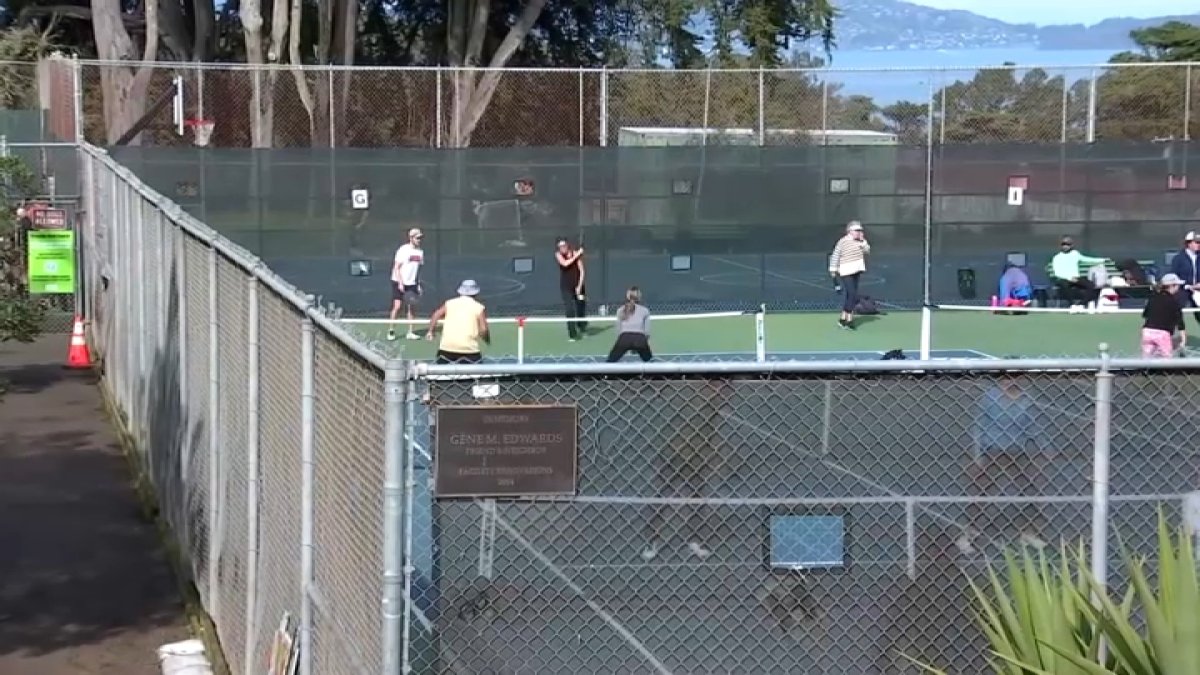
As pickleball popularity grows, so does the demand for courts – and the debate over the sport’s noise factor.
NBC Bay Area’s Sergio Quintana shows us how San Francisco is trying to meet the demand without upsetting residents in the video report above.
San Francisco, CA
Skaters push back as San Francisco plans to demolish iconic Vaillancourt Fountain

A growing group of skaters is pushing to preserve the Vaillancourt Fountain after the City of San Francisco announced a multimillion-dollar renovation plan that would remove the structure made of concrete square pipes.
Zeke McGuire started skating at the age of 10, and he grew up skating at the plaza and near the fountain.
“To see it go would be devastating,” McGuire stated. “I’ve been coming here my whole life. I’ve skated those stairs. I’ve been injured on those stairs.”
He’s skated on every inch of the Plaza, including the ledges of the Vaillancourt Fountain, which was completed in 1971. It’s impossible to miss, with its boxy concrete tubes that stand about 40 feet high.
It’s been the backdrop of more skateboard videos than anyone could count.
“It’s extremely awesome,” McGuire said. “There’s people all across the world that come to San Francisco to skate here specifically. So for it to be gone, people would come here to visit and it wouldn’t be here anymore, so I would say get it in before it’s gone.”
San Francisco Recreation and Parks announced the Embarcadero Plaza Renovation Project last year. It is a plan to construct a new waterfront park, which would tear down the structure.
Tamara Barak Aparton with Rec and Parks says that after years of deterioration, the fountain is unsafe.
“The structure is unstable,” Barak Aparton stated. “Hazardous materials are present, and we can’t allow the public access to a space that poses safety risks.”
Historical preservationists, landscape architects, and skate enthusiasts, like Bay Area professional skateboarder Karl Watson, are now pushing back and saying it’s a part of that sport’s history in San Francisco.
“A beautiful monstrosity that needs to stay,” said Watson, describing the fountain.
He says except for a few exceptions, people didn’t skate into the fountain, just around it.
“The fountain was integral for when we were tired after skating, we needed a place to relax and just enjoy the water flowing and the fountain definitely did that for us,” Watson said.
Now, the fountain is stagnant. The water stopped flowing years ago. In June 2025, it was fenced off.
Feldman was disappointed to see it like this.
“I came down here last week just to see the fencing and I was like ‘oh, they really don’t want us skating here anymore’,” Feldman explained.
In August, the Recreation and Parks department formally requested permission to remove the fountain from the city’s Civic Art Collection.
But McGuire is hoping people like Watson, and the artist keep fighting. Armand Vaillancourt’s lawyer recently sent a letter to multiple city departments demanding the city cease and desist all efforts to remove his work.
No final decision has been made yet, but if it does go, McGuire hopes they’ll leave something.
“Even if it was to be fully demolished, I think it would be really nice if they kept a little bit of something,” McGuire said. “Or maybe make a part for people to skate.”
San Francisco, CA
Laver Cup to make San Francisco debut at Chase Center
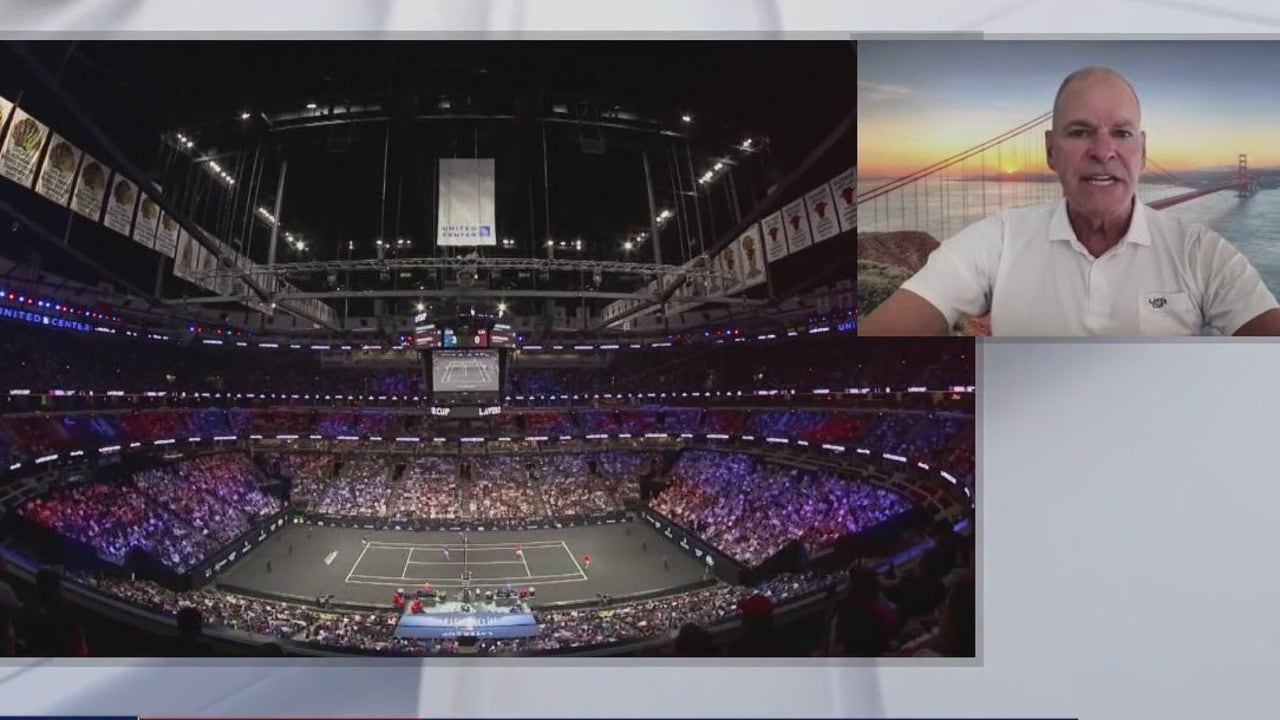
San Francisco is set to host the 2025 Laver Cup at Chase Center from September 19 to 21, marking the first-ever tennis tournament held at the arena and the return of major men’s pro tennis to the city in over a decade. Steve Zacks, CEO of the Laver Cup, says this event showcases tennis like fans have never seen before, featuring a unique team format created by Roger Federer.
-

 Health1 week ago
Health1 week agoWho Makes Vaccine Policy Decisions in RFK Jr.’s Health Department?
-
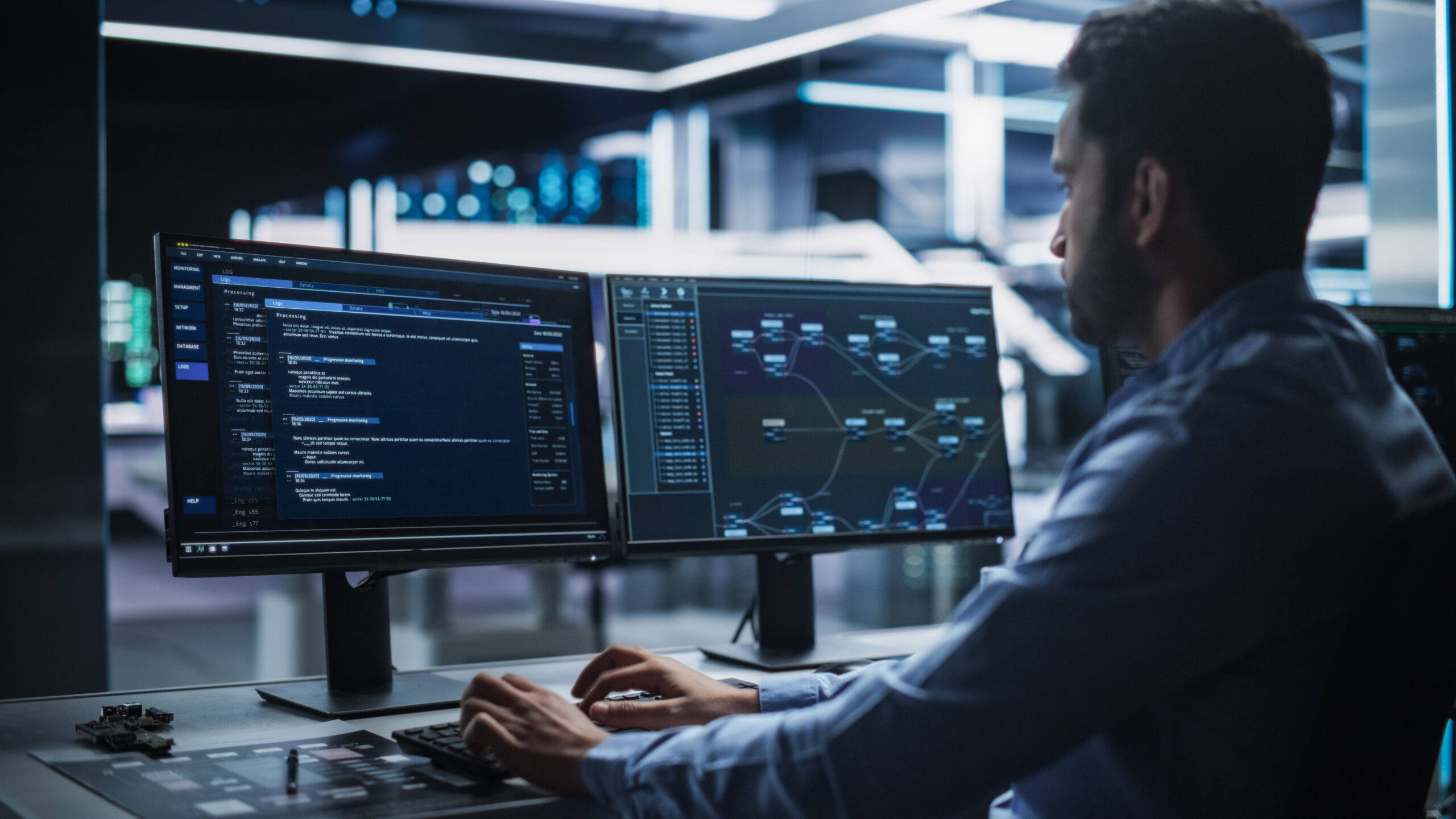
 Finance4 days ago
Finance4 days agoReimagining Finance: Derek Kudsee on Coda’s AI-Powered Future
-

 Lifestyle1 week ago
Lifestyle1 week agoBobbi Brown doesn’t listen to men in suits about makeup : Wild Card with Rachel Martin
-

 Business1 week ago
Business1 week agoHow Nexstar’s Proposed TV Merger Is Tied to Jimmy Kimmel’s Suspension
-
North Dakota4 days ago
Board approves Brent Sanford as new ‘commissioner’ of North Dakota University System
-

 Technology3 days ago
Technology3 days agoThese earbuds include a tiny wired microphone you can hold
-

 Crypto3 days ago
Crypto3 days agoTexas brothers charged in cryptocurrency kidnapping, robbery in MN
-
World1 week ago
Russian jets enter Estonia's airspace in latest test for NATO










